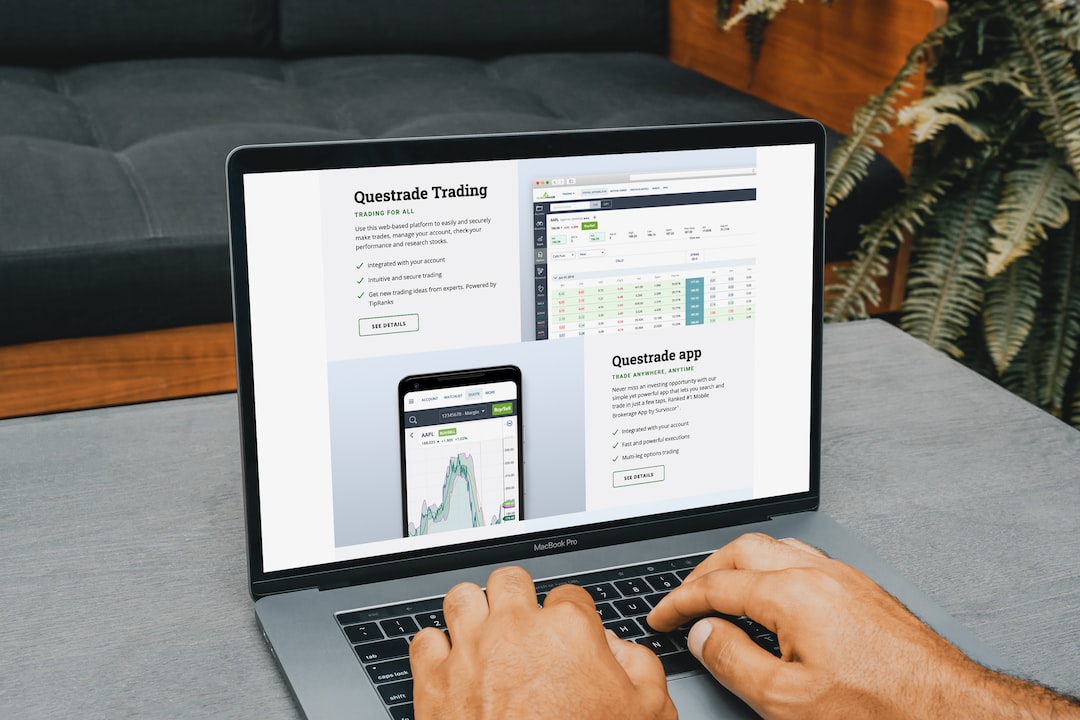Forex trading is one of the most popular trading activities globally, with millions of traders seeking to profit from the fluctuations of currency pairs. While most traders prefer to use local brokers, others opt for offshore brokers to access unique features and better trading conditions. In this article, we will explore how to use an offshore broker for forex trading.
What is an offshore broker?
An offshore broker is a brokerage firm that operates from a country outside your country of residence. These brokers provide various trading services, including forex, stocks, indices, and commodities. Offshore brokers are popular among traders seeking to access unique trading conditions, such as high leverage, low spreads, and tax-friendly jurisdictions.
Advantages of using an offshore broker for forex
1. Better trading conditions
Offshore brokers often provide better trading conditions than local brokers. They offer high leverage, which allows traders to control large trading positions with a small amount of capital. Additionally, offshore brokers offer low spreads, which is the difference between the bid and ask price. The lower the spread, the less a trader pays to enter and exit a trade.
2. Access to international markets
Offshore brokers offer access to international markets, which allows traders to diversify their portfolio and trade multiple currency pairs. These brokers also provide access to advanced trading platforms and tools, such as MetaTrader 4 and 5.
3. Tax benefits
Offshore brokers operate in tax-friendly jurisdictions, which means traders can save on taxes. Some offshore jurisdictions offer zero tax rates or lower tax rates compared to the trader’s country of residence.
How to use an offshore broker for forex trading
1. Research the offshore broker
Before choosing an offshore broker, conduct thorough research to ensure they are reputable and trustworthy. Check if the broker is regulated by a reputable regulatory body, such as the Financial Conduct Authority (FCA) or the Cyprus Securities and Exchange Commission (CySEC). Look for reviews and feedback from other traders to gauge their experiences with the broker.
2. Open an account
Once you have found a reputable offshore broker, open an account by filling out the registration form and providing the necessary documents, such as proof of identity and address. The account opening process may take several days to complete, depending on the broker’s requirements.
3. Fund your account
After your account is verified, fund it using the available payment methods, such as bank transfer, credit/debit cards, or e-wallets. Ensure you understand the fees and charges associated with each payment method.
4. Choose your trading platform
Offshore brokers offer various trading platforms, including the popular MetaTrader 4 and 5. Choose a platform that suits your trading needs and preferences. Ensure you understand how to use the platform and its features.
5. Start trading
Once your account is funded and your trading platform is set up, you can start trading. Choose the currency pairs you want to trade, and use the available tools and indicators to analyze the market and make informed trading decisions.
6. Monitor your trades
Monitor your trades regularly to ensure they align with your trading strategy and risk management plan. Use stop-loss orders to minimize your losses and take-profit orders to secure your profits.
Conclusion
Using an offshore broker for forex trading can provide unique trading conditions, access to international markets, and tax benefits. However, it’s essential to conduct thorough research and choose a reputable and trustworthy broker. Ensure you understand the fees, charges, and trading conditions before opening an account. With proper risk management and trading strategies, offshore forex trading can be a lucrative investment opportunity.





